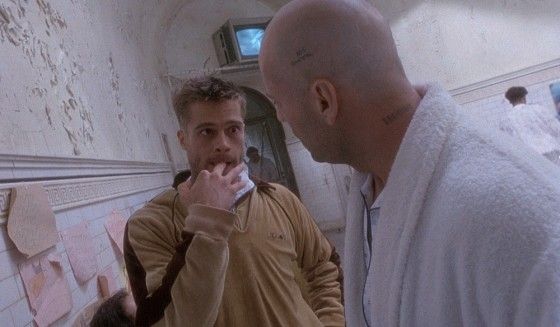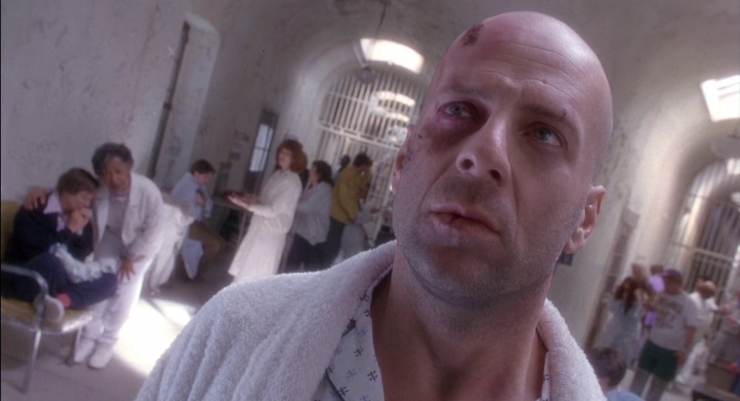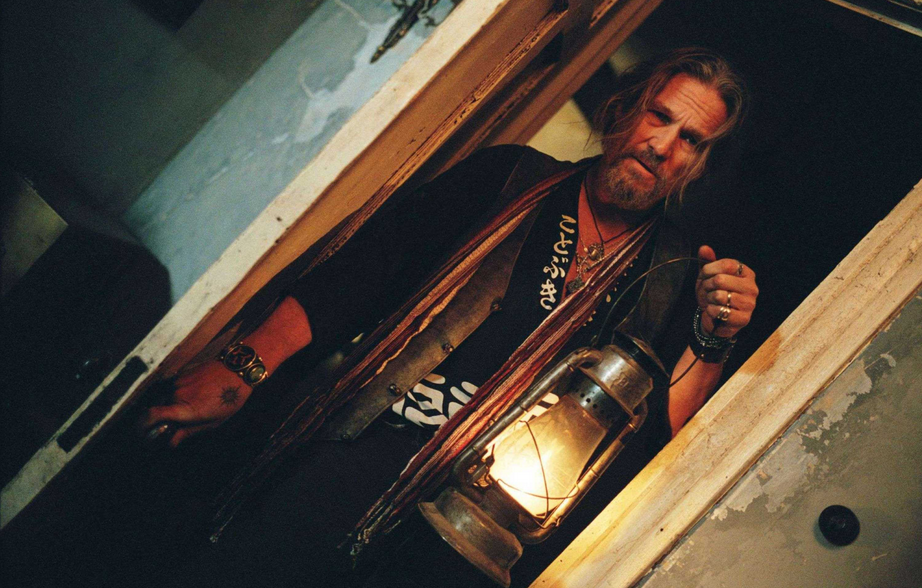Terry Gilliam: How to create surrealism in cinema
Unfortunately, many people undeservedly forget the name of director Terry Gilliam. That's why today we will try to find out what the style and directorial tricks of director Terry Gilliam are.


Unfortunately, many people undeservedly forget the name of director Terry Gilliam. This is unfair, because you can't imagine the history of cinema without such classics as The "Fisher King", "Twelve Monkeys" or "Fear and Loathing in Las Vegas". As one of the most unconventional directors, Terry Gilliam brought a bold form of surrealism to Hollywood and unconventionally raised the meaning of life. Today we will try to find out what the style and directorial tricks of director Terry Gilliam are.
Art by @nadi_bulochka
Reality and fiction
Terry Gilliam's work constantly tests the theme of reality and fiction. What is reality and how do we define it? These and many other questions are raised by the director in his various films. It should be noted that his work is marked by an atmosphere of existential philosophy or, more simply, philosophy about the search for meaning. That is why his films are, first of all, about feelings and ideas, and secondly, about camera techniques and visual methods.
In fact, Terry Gilliam tests reality by creating various strange and disconnected plots. He is a bold fantasist, and that is why his films escape from ordinary life in very different ways: a drug trip, a supernatural event or a fantasy about a historical epoch.
Either way, in Terry Gilliam's films fantasy worlds become havens where characters learn about themselves and reality. It is in these seemingly absurd circumstances that the characters develop. But what is absurd in Gilliam's films is reality with all its laws, rules and conventions. For example, in the movie "Brazil", a character called Harry Tuttle is desperate to defeat the bureaucratic system, but finds himself defeated by it, literally.
In this way, the director leads his characters to search for the meaning of life and to make sense of reality. Thus the character played by Christoph Waltz in "The Zero Theorem" in the film waits for a mysterious call that will change his life and put everything in its place, but the phone never rings.
Terry Gilliam's visual techniques
Terry Gilliam uses many techniques to recreate a truly surreal atmosphere. One of these is shooting with a wide-angle lens. The wide angle has many artistic applications, including the strange and distorted effect it gives to the picture.




We get a range of emotions, from the discomfort of being too close to a character to a sense of the abnormal and absurd because the geometry of objects and faces is distorted. This is what surrealism is all about.
This effect can be achieved by taking a lens that can capture as much space as possible (wide-angle lens) and placing it close to the subject or character. This stretches and distorts the image. This is how Terry Gilliam violates the personal boundaries of his characters by placing the camera too close. If you want to know more about the different lenses and their use, we have a special feature for you - Lenses as an artists instrument.
It's the same with the camera angles: everything is built to convey an atmosphere of absurdity. That's why Gilliam often resorts to using the Dutch angle and shooting from lower angles. These methods work without fail, because the viewer cannot identify his gaze with the camera: it's something foreign.




Another field where Terry Gilliam implements surrealism is frame composition. He disrupts the perspective of the frame on purpose to create the strongest emotions and associations. The director deliberately gives the shots an imperfect perspective. For example, in "Brazil", Gilliam deliberately spoils a straight symmetrical shot. The camera is positioned symmetrically to the door, but the carpet on the floor is crooked and thus destroys the linear perspective of the shot so the audience feels anxious and confused.

The production design and costumes deserves special attention, because even here the director approaches the work with the principle that everything should be as absurd and detached as possible. Therefore, at times the sets can look cheap and as if they were made of plastic and cardboard. This is part of the director's message: reality is something we have made up and created for ourselves.
Conclusion
To be honest, we're excited about Terry Gilliam's films because they provide a whole new viewing experience. They're funny and meaningful films that give you something to think about. Absurdity is something that surrounds us every day and we don't notice it. But Terry Gilliam does, and he shows it to us in his satirical films.
We love movies here. We're talking about cinema here. Here we promote the love of art and try to inspire you to take your camera and make a short film. Leave the boring pre-production routine to the Filmustage - automatic script breakdown - and focus on your creativity!
After a long time of hard work we are happy to announce the beta-testing of the new scheduling feature in the Filmustage software. Be one of the first to test the new functionality - click here for more detailed information.
Take care of yourself and see ya next week!
From Breakdown to Budget in Clicks
Save time, cut costs, and let Filmustage’s AI handle the heavy lifting — all in a single day.